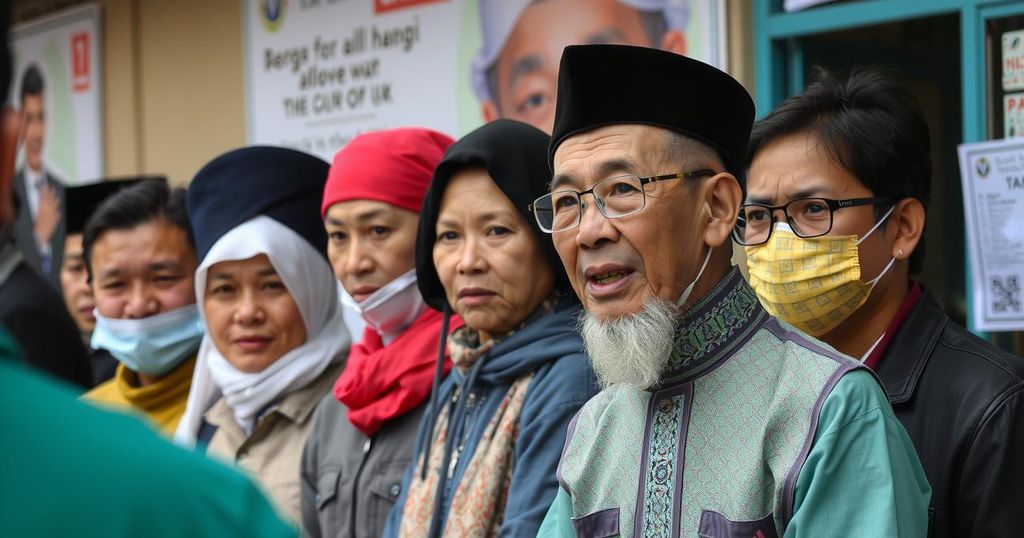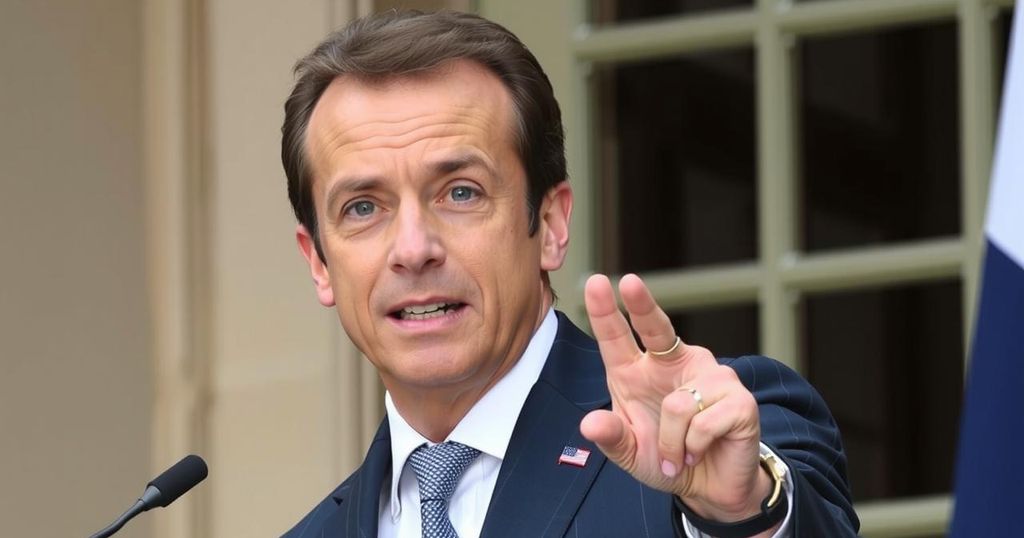Prospects for a Renewed China-India Relationship Following Recent Border Agreements
During the recent BRICS summit, Indian Prime Minister Narendra Modi and Chinese President Xi Jinping met in their first significant bilateral dialogue in five years, seeking to reset relations after a violent clash along their border in Ladakh in 2020. They have agreed to disengage troops at contested sites, a move viewed positively by some analysts as signaling India’s intent to recalibrate its stance away from U.S. alignment. However, serious concerns linger regarding territorial disputes and economic ties, particularly following bans on Chinese apps in India and scrutiny of Chinese investments.
Recent developments indicate a potential thaw in the historically tumultuous relationship between China and India, particularly following a crucial meeting between Indian Prime Minister Narendra Modi and Chinese President Xi Jinping during the BRICS summit held in Kazan, Russia. This interaction, characterized as their first significant dialogue in five years, aims to mend ties that severely deteriorated following the deadly clash along their shared border in Ladakh in 2020, which resulted in the deaths of several soldiers. Amidst ongoing tensions, the two nations have reached an agreement to disengage troops stationed at contested borders, permitting both armies to resume patrols in a coordinated manner. While some analysts, like Zorawar Daulat Singh, view this developing understanding as a significant geopolitical shift, indicating India’s intent to move away from a purely U.S.-aligned posture, others express reservations regarding the ambiguous details of the agreement. It remains unclear whether the accord on troop disengagement addresses the territorial issues that have plagued bilateral relations, particularly in light of reports suggesting that China may have encroached on areas traditionally controlled by India. Further complicating matters, the economic ties between these two nations remain strained, particularly following India’s bans on numerous Chinese apps and constraints on Chinese investments in vital sectors. Despite the interactions at the BRICS summit suggesting a potential redirection, analysts warn that the foundations of the relationship are still fraught with uncertainty and contention. The resurgence of dialogue is seen as a necessary first step, albeit one that requires continued diplomatic and military engagement to build a sustainable peace and cooperation moving forward.
The relationship between China and India has long been characterized by strategic rivalries, defined by historical conflicts, territorial disputes, and contrasting national interests. The relationship took a sharp turn for the worse in June 2020, following a violent confrontation in the Galwan Valley, leading both countries to bolster their military presence along the Line of Actual Control. This friction has historically been compounded by broader geopolitical dynamics involving global powers, particularly the United States, which positions itself as a key ally to India in countering China’s regional ambitions. The recent meeting between the leaders during the BRICS summit marks a significant moment aimed at redefining these relations in light of these broader challenges.
In conclusion, the meeting between President Xi Jinping and Prime Minister Narendra Modi represents a pivotal moment in Sino-Indian relations, aiming to heal wounds inflicted by past conflicts and foster dialogue amidst a landscape of uncertainty. While initial agreements suggest a path toward improved military cooperation, the broader implications for economic ties and territorial disputes remain to be seen. Analysts remain cautiously optimistic but underscore the importance of transparency and sustained dialogue moving forward to navigate the complexities inherent in this historic relationship.
Original Source: www.aljazeera.com







Post Comment